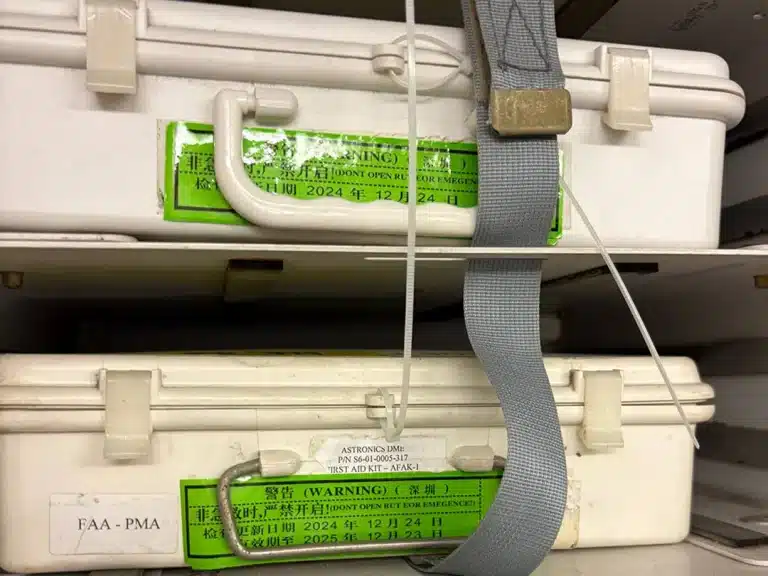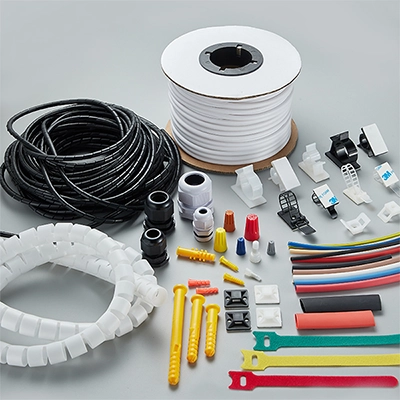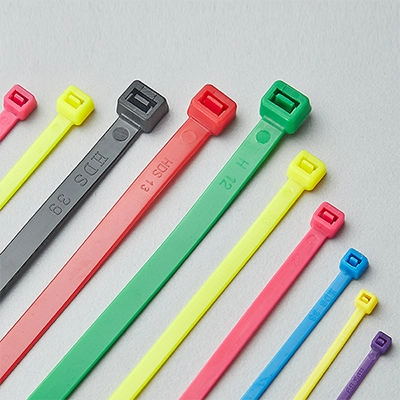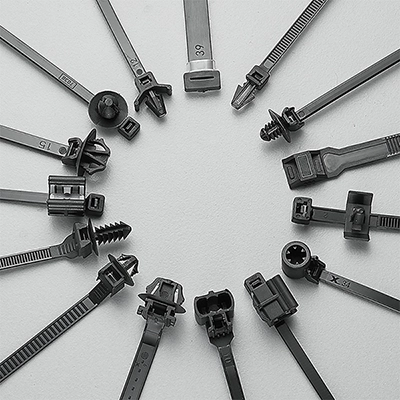At first glance, cable ties and smart toilets might seem to have nothing in common. But once you think about what “smart” really means—automatic opening lids, heating, and self-cleaning functions—it all starts to make sense. These features rely on a combination of control boards, sensors, and small motors that need to work together in a very limited space. To keep everything moving smoothly, the internal wiring has to stay organized and secure. That’s where cable ties quietly play their part.

The Role of Cable Ties Inside the Structure
The inside of a smart toilet seat is far more complex than it looks from the outside. Beneath the lid are multiple modules—motors, heaters, temperature and position sensors, and the nozzle drive mechanism—all connected by bundles of cables.
During assembly, several nylon cable ties are used to hold these wires neatly along the shell. They prevent cables from rubbing against each other or getting pulled during movements like lid opening, heating, or washing.
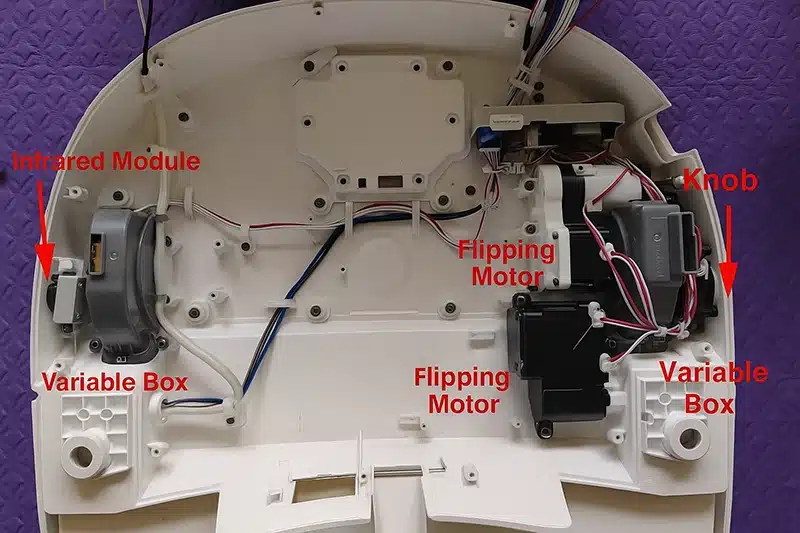
These small ties keep every wire in place, reducing vibration and preventing interference between power and signal lines. They also make installation and later maintenance easier—technicians can quickly identify and trace each cable. For a compact device that needs to run reliably for years, simple cable management plays a surprisingly important role.
Why Nylon Cable Ties Are Used
The smarter the toilet, the more cables it has. Every opening and closing of the lid adds stress to the wiring, so the fixing method must be both stable and flexible. Compared with other options, nylon cable ties are the most practical choice. Here’s why:
Durable Material
Made of PA66 engineering plastic, the cable tie combines strength with flexibility. They can withstand working temperatures of up to around 85°C without deformation or cracking. They’re also excellent electrical insulators, preventing interference between wires.
Practical Design
The self-locking design makes installation quick and secure—once tightened, the tie stays in place. The slightly curved body fits naturally along the wiring path, keeping tension even and stable.
Flexible Cable Tie Sizes and Easy Installation
Cable ties come in a wide range of sizes—from a few centimeters to several tens of centimeters—making them suitable for different cable bundles. They don’t require special tools, take up minimal space, and make manual assembly faster and more consistent.
In Summary
Inside a smart toilet seat, nylon cable ties keep the wiring neat, stable, and free from interference. They may not be part of the “smart” technology, but they make sure everything runs the way it should. The same principle applies to many smart home devices—cable ties quietly handle the small details that keep complex systems reliable.


